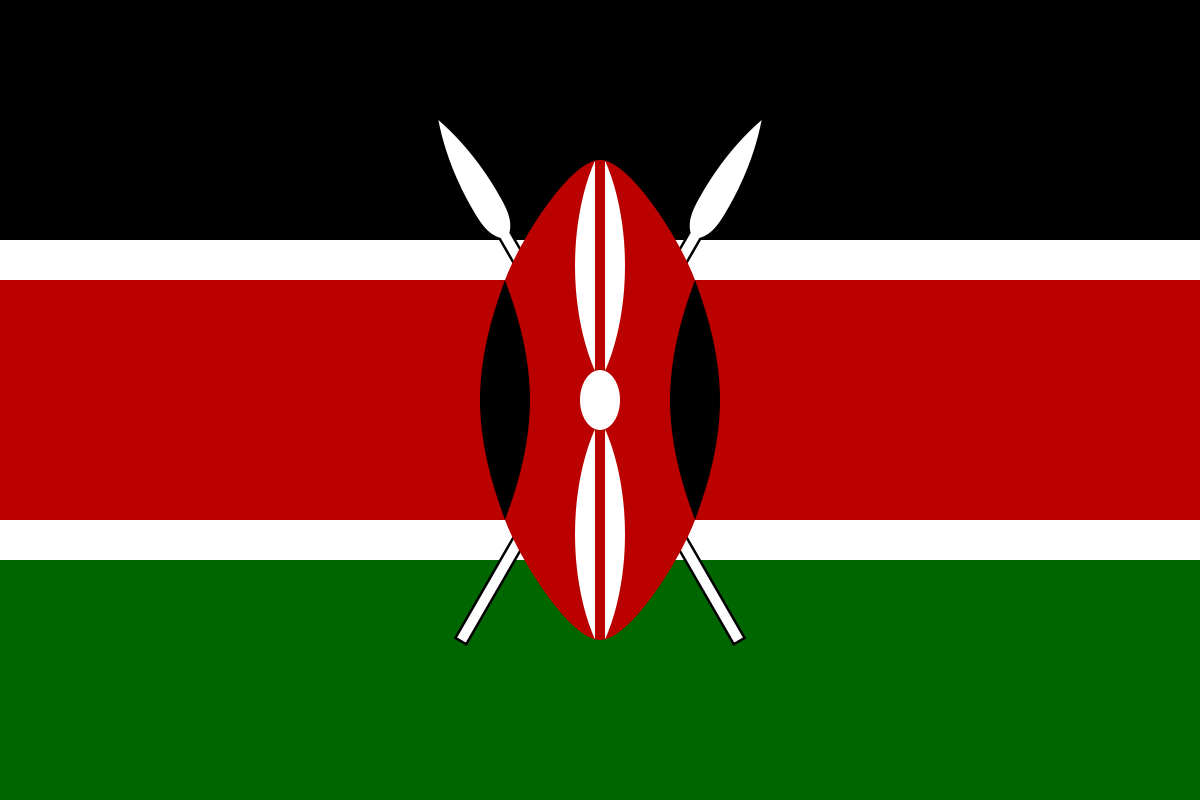I think Somalis come from some region in North Africa, 5000 years ago. Before y'all get mad at this view, read the entire post. It'll make sense. This ain't an anti-Black argument and shit. I only give a fk about the truth.
Hypothesis: Somalis were pastoralists from North Africa who migrated downward to the Horn of Africa, due to the desertification of the Sahara.
Below is my evidence, which will be based on science, not fairytales. My arguments will be broken down into genetics, linguistics, geography, and lifestyle.
First, I'll lay down the factual data, and then present my argument.
1. Genetics
Roughly 77% of Somali men have E3B. Particularly E-V32. This is also called E1b1b1a1a1b. If you wanna go back, simply find the ancestors.
E -> E1 -> E1b -> E1b1 -> E1b1b -> E1b1b1 -> E1b1b1a -> E1b1b1a1 -> E1b1b1a1a -> E1b1b1a1a1 -> E1b1b1a1a1b (Somalis).
Haplogroup E-V68 (E1b1b1a) is a direct ancestor. Then out of their descendants, M78
Finding the origin as definitive is difficult. However all the evidence seems to point to North Africa.
References:
1. https://academic.oup.com/mbe/article/24/6/1300/984002 (page 6)
Here's the wiki page on the Haplogroup: https://en.wikipedia.org/wiki/Haplogroup_E-V68

Notice how it says the lineage was probably introduced into the Somali population 4000-5000 years ago. Remember this. It'll make the point below make a lot more sense.
2. Geography

 en.wikipedia.org
en.wikipedia.org
What is now known as the Sahara Desert, wasn't a desert a mere 5000-6000 years ago, but a grassland, well suited for pastoralism.
Rock art in the region depicted things that cannot live in a desert. Giraffes, hippos, crocodiles, fish and turtles.
There were lakes and rivers during that time as well.
Due to planetary movements, the Sahara went through desertification. As nomadic pastoralists, what would be the logical thing to do when the grazing land is diminishing? You'd leave the region for better grasslands.
Here's a video that explains the event better:
3. Lifestyle
The Horn of Africa also got dry in the end of this period as well. And evidence for further migration south along the East African Rift Valley is seen in the Savanna Pastoral Neolithic. This is based on a general era known as the Pastoral Neolithic in Africa.

This already shows that Cushitic people existed in East Africa before Bantu populations. However with the Bantu, came metallurgy and agriculture, so their arrival wasn't a bad thing. They just came afterwards.

 en.wikipedia.org
en.wikipedia.org

More and more evidence shows movement of Afroasiatic speaking pastoralists moving from the North to the Southern regions of Africa.
The Iraqw are an ethnic group that act as remnants of the Savanna Pastoral Neolithic.

 en.wikipedia.org
en.wikipedia.org
4. Linguistics
Somali is an afroasiatic language.

 en.wikipedia.org
en.wikipedia.org
Afroasiatic languages are more common in the Horn of Africa, The Sahel region of Africa, North Africa, and the Middle East.
The original inhabitants of East Africa and Central and South Africa, were the Nilotic and Khoi-San people. They don't share this language family.
Swahili, in East Africa is a Niger-Congo (particularly Bantu) language, and doesn't have a connection to the South Cushitic languages.
Based on the facts above, my position on the origin of the Somalis is as follows:
5000 years ago, Proto-Somalis migrated from North Africa, following the end of the African Humid Period. The desertification of the Sahara, resulted in a migration to move south. As desertification also impacted the Horn of Africa, there was no incentive for Somalis to use agriculture (except the south, where the two rivers flow). As such, pastoralism was preferred. As the population formed in the Horn, Somali as a language must have been developed over the thousands of years. As Nomadic Pastoral societies are more tight-knit and familial, homogeneity became the norm. As groups splintered off, different clans began to form. And as a collective, the Somali people were born.
Let me know what you think.
Hypothesis: Somalis were pastoralists from North Africa who migrated downward to the Horn of Africa, due to the desertification of the Sahara.
Below is my evidence, which will be based on science, not fairytales. My arguments will be broken down into genetics, linguistics, geography, and lifestyle.
First, I'll lay down the factual data, and then present my argument.
1. Genetics
Roughly 77% of Somali men have E3B. Particularly E-V32. This is also called E1b1b1a1a1b. If you wanna go back, simply find the ancestors.
E -> E1 -> E1b -> E1b1 -> E1b1b -> E1b1b1 -> E1b1b1a -> E1b1b1a1 -> E1b1b1a1a -> E1b1b1a1a1 -> E1b1b1a1a1b (Somalis).
Haplogroup E-V68 (E1b1b1a) is a direct ancestor. Then out of their descendants, M78
Finding the origin as definitive is difficult. However all the evidence seems to point to North Africa.
References:
1. https://academic.oup.com/mbe/article/24/6/1300/984002 (page 6)
Here's the wiki page on the Haplogroup: https://en.wikipedia.org/wiki/Haplogroup_E-V68
Notice how it says the lineage was probably introduced into the Somali population 4000-5000 years ago. Remember this. It'll make the point below make a lot more sense.
2. Geography

African humid period - Wikipedia
 en.wikipedia.org
en.wikipedia.org
What is now known as the Sahara Desert, wasn't a desert a mere 5000-6000 years ago, but a grassland, well suited for pastoralism.
Rock art in the region depicted things that cannot live in a desert. Giraffes, hippos, crocodiles, fish and turtles.
There were lakes and rivers during that time as well.
Due to planetary movements, the Sahara went through desertification. As nomadic pastoralists, what would be the logical thing to do when the grazing land is diminishing? You'd leave the region for better grasslands.
Here's a video that explains the event better:
3. Lifestyle
The Horn of Africa also got dry in the end of this period as well. And evidence for further migration south along the East African Rift Valley is seen in the Savanna Pastoral Neolithic. This is based on a general era known as the Pastoral Neolithic in Africa.
This already shows that Cushitic people existed in East Africa before Bantu populations. However with the Bantu, came metallurgy and agriculture, so their arrival wasn't a bad thing. They just came afterwards.

Savanna Pastoral Neolithic - Wikipedia
 en.wikipedia.org
en.wikipedia.org
More and more evidence shows movement of Afroasiatic speaking pastoralists moving from the North to the Southern regions of Africa.
The Iraqw are an ethnic group that act as remnants of the Savanna Pastoral Neolithic.

Iraqw people - Wikipedia
 en.wikipedia.org
en.wikipedia.org
4. Linguistics
Somali is an afroasiatic language.

Afroasiatic languages - Wikipedia
 en.wikipedia.org
en.wikipedia.org
Afroasiatic languages are more common in the Horn of Africa, The Sahel region of Africa, North Africa, and the Middle East.
The original inhabitants of East Africa and Central and South Africa, were the Nilotic and Khoi-San people. They don't share this language family.
Swahili, in East Africa is a Niger-Congo (particularly Bantu) language, and doesn't have a connection to the South Cushitic languages.
Based on the facts above, my position on the origin of the Somalis is as follows:
5000 years ago, Proto-Somalis migrated from North Africa, following the end of the African Humid Period. The desertification of the Sahara, resulted in a migration to move south. As desertification also impacted the Horn of Africa, there was no incentive for Somalis to use agriculture (except the south, where the two rivers flow). As such, pastoralism was preferred. As the population formed in the Horn, Somali as a language must have been developed over the thousands of years. As Nomadic Pastoral societies are more tight-knit and familial, homogeneity became the norm. As groups splintered off, different clans began to form. And as a collective, the Somali people were born.
Let me know what you think.
Last edited:






